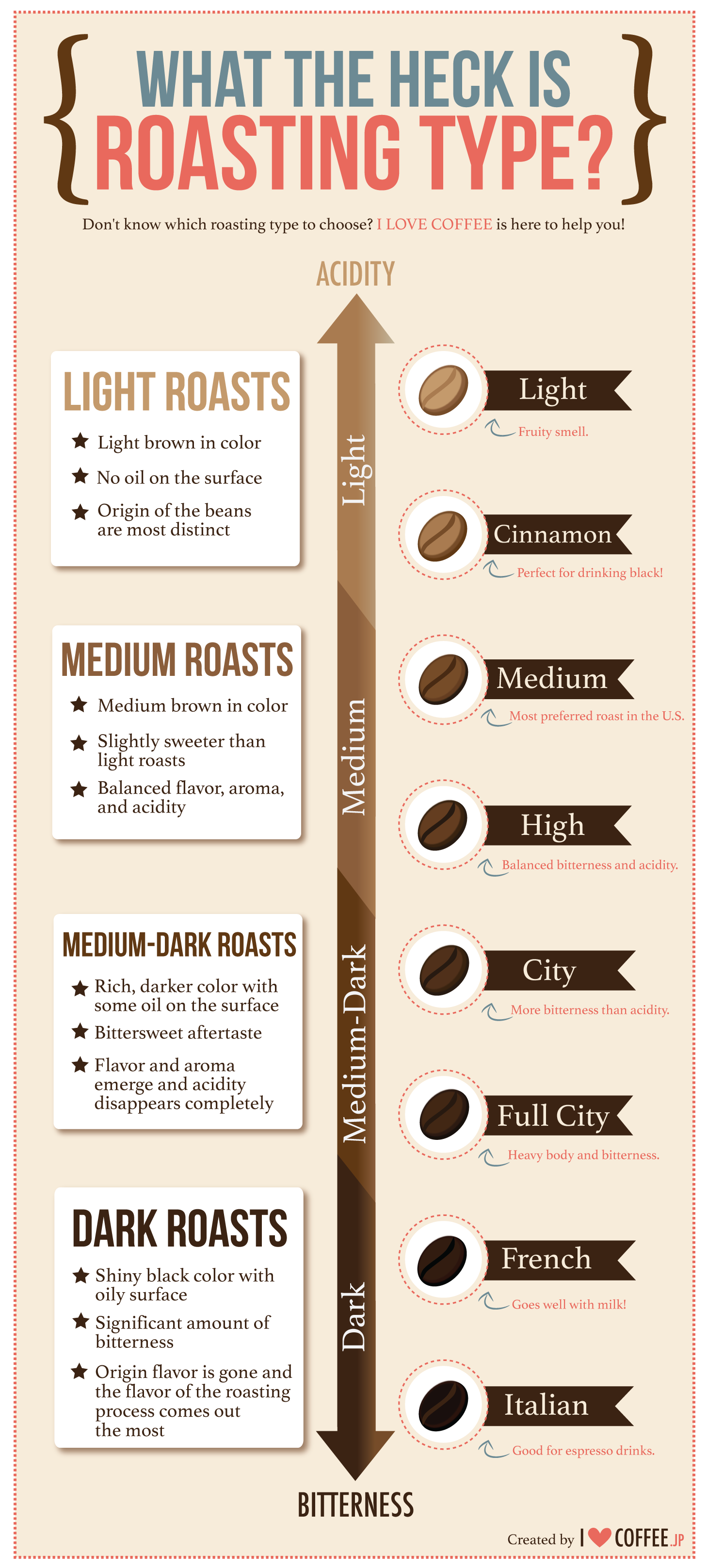Posted by Gabrielle Johnston on 23rd Feb 2018
The Truth about Roasts
Last week, we explored the evolution of caffeine in the coffee plant and how it benefits our beloved beans. However, for many of you, the only important question about caffeine is: “how can I consume the most of it in one cup?” Many theories about caffeine content have been bounced around the nation’s coffee shops, especially regarding different styles of roasting. The most commonly held beliefs are that dark roasts contain the most caffeine because they are “stronger,” due to their bold taste, or that light roasts contain the most caffeine because less of it is lost during the roasting process. As usual, the truth is somewhere in the middle.
First, let’s talk about roasts. When roasters like us obtain coffee beans from our farmers, they are light yellow or green, somewhat soft, and smell grassy. Roasting these beans brings out the flavor and aroma that we think of as “coffee.” As you might guess, there are countless methods to roast beans, and each roaster has their tricks and tweaks that they believe make the best end product.
However, coffee roasters and drinkers usually divide roasts into three general categories: light, medium, and dark. The National Coffee Association provides a wonderfully detailed guide to the different kinds of roasts here. Choosing the method of roasting for each variety of coffee bean is a complicated business that depends on its origin and intended use, but here’s a helpful infographic from the blog ILoveCoffee:
But none of this information answers the burning question: which roast will grant you the most caffeine-induced powers? The truth is, there really isn’t enough of a difference in caffeine levels between roasts to affect how you function. Driftaway Coffee has this post that I believe busts the roast myths for good. The author, Scott, explains that the bold and acidic flavor of a dark roast does make it taste “strong,” but that has nothing to do with the caffeine content. As for light roasts, there is a tiny amount of caffeine that is lost during the roasting process, but not enough to make you jittery if you switch from your normal dark coffee to a light one. If there is a difference, it is not in the roast itself, but the measuring.
Darker roasted coffee beans are larger than lighter ones because they expand during the roasting process. Therefore, if you measure coffee beans by volume, in a “scoop,” rather than by weight with a scale, you would have more beans per scoop in a light roast, and therefore end up with a slightly higher concentration of caffeine. However, if you measure coffee by weight, you would end up with more dark roasted beans per measurement, because dark beans lose more water during the roasting process and are lighter. All of these differences in the caffeine content by roast are too negligible to elicit a noticeable difference in your brain’s function, so in the end, it should be your taste buds that choose your coffee, not your caffeine craving.
